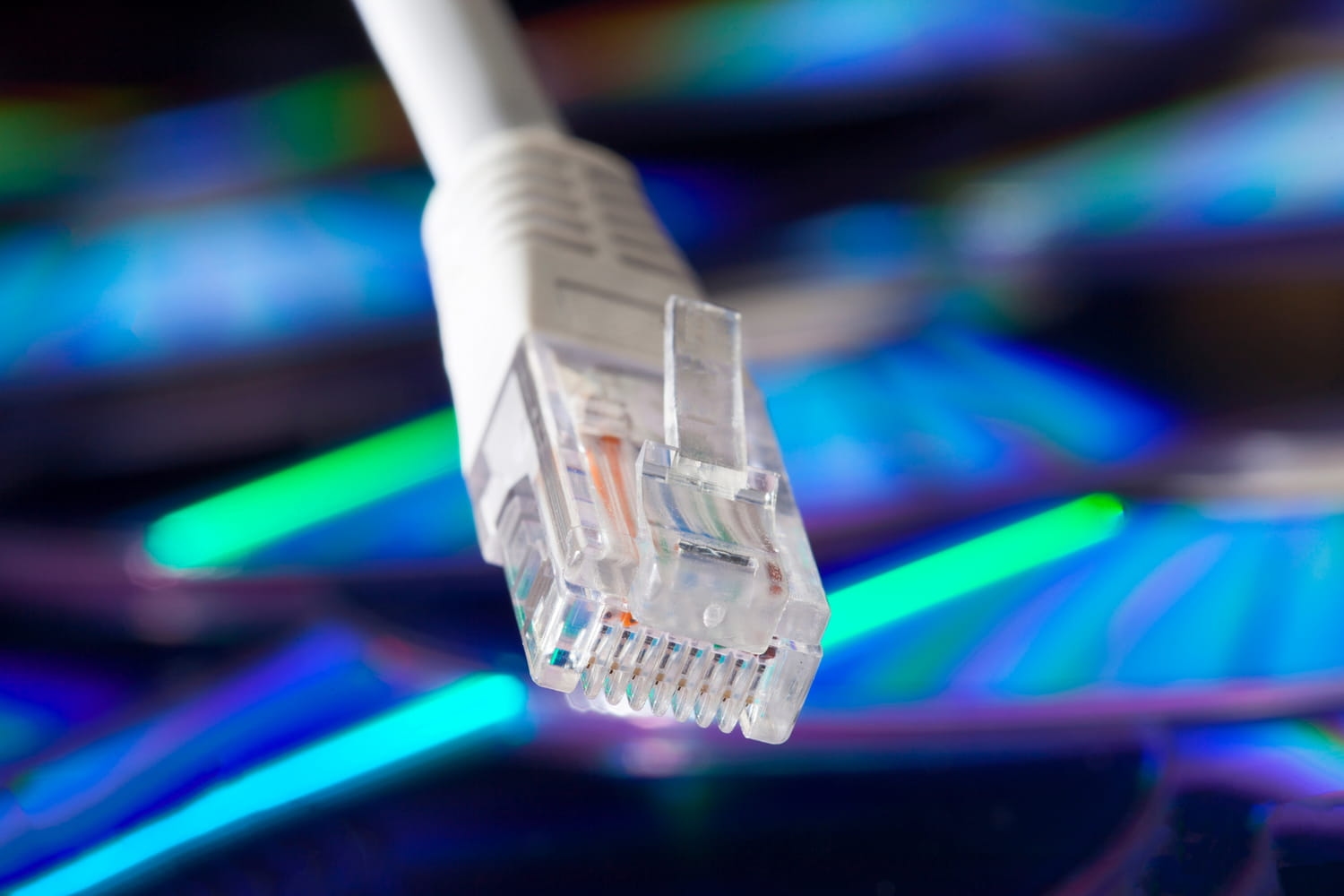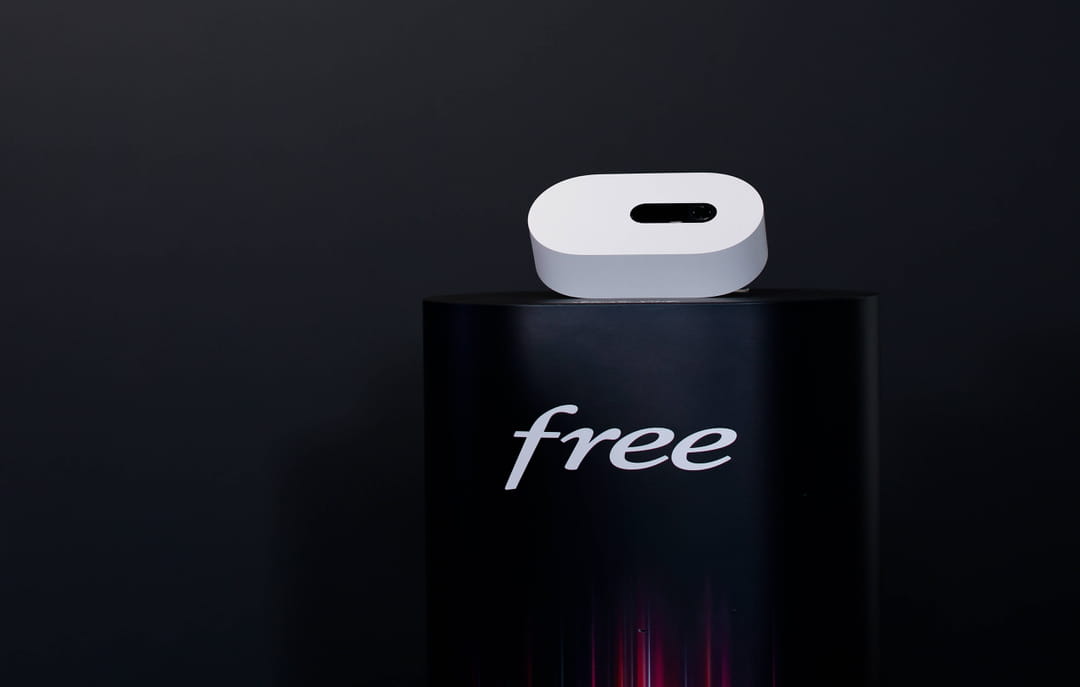Up to 6 times faster speed with a Freebox: we've found the ultimate way to boost your fiber optics

The fixed-line internet market is more competitive than ever. To attract new customers, operators are multiplying attractive offers with increasingly high speeds. Among them, the Freebox Ultra is a benchmark with a symmetrical speed of 8 Gb/s, eight times faster than standard fiber. This feat is made possible by 10G-EPON (10 Gigabit Ethernet Passive Optical Network) technology, which is still relatively uncommon in France.
Yet, despite the advertised performance, many Freebox Ultra users are making the same observation: it's impossible to reach the Holy Grail of 8 Gb/s, whether for download or upload. Speed tests show at best 1 or 2 Gb/s, very respectable figures, let's agree, but far from the provider's promises. Enough to feel cheated, especially when you pay a high price for your subscription.
Be aware: the Freebox Ultra does offer a potential of 8 Gb/s thanks to its 10G-EPON port, but you still need the right equipment to take advantage of it. Because the box, no matter how powerful, is only one link in the chain. To benefit from optimal speeds, every element of your installation must be compatible, from the computer to the Ethernet cable and the network card.

First, to boost fiber speeds, Free offers its subscribers an SFP+ module to insert into the dedicated port located at the back of the box. For 10 euros shipping from your operator, this small component allows you to convert the 10G-EPON fiber socket into a more common 10G Ethernet port. Its installation is child's play; you just have to insert it until you hear a "click".
Once your box is ready, you'll then need to use a suitable Ethernet cable. Forget low-end Cat. 5 or 6 cables, and opt for a Cat. 6a, Cat. 7, or Cat. 8 certified model. These latest-generation shielded cables offer speeds of up to 10 Gb/s, allowing you to fully exploit the potential of your fiber connection.
Last but not least: is your computer fast enough to handle such a data flow? To be sure, head to Device Manager to check the specifications of your network card. If it's not labeled 10G, a change is necessary. This is a fairly easy operation to perform yourself on a desktop PC, but on a laptop it's more complicated and you'll probably have to go back to the purchase stage...
As you can see, reaching maximum throughput requires a few adjustments, but nothing insurmountable for a somewhat resourceful user. Once the installation is optimized, you'll finally be able to enjoy a decent internet connection and watch your movies in 4K without the slightest slowdown.
SFR and Orange also offer symmetrical speeds of 8 Gbps, but at higher prices and without 10G-EPON technology. As for Bouygues, you'll have to wait a little longer to benefit from such performance. The maximum speed is currently 8 Gbps download and 1 Gbps upload.
L'Internaute





